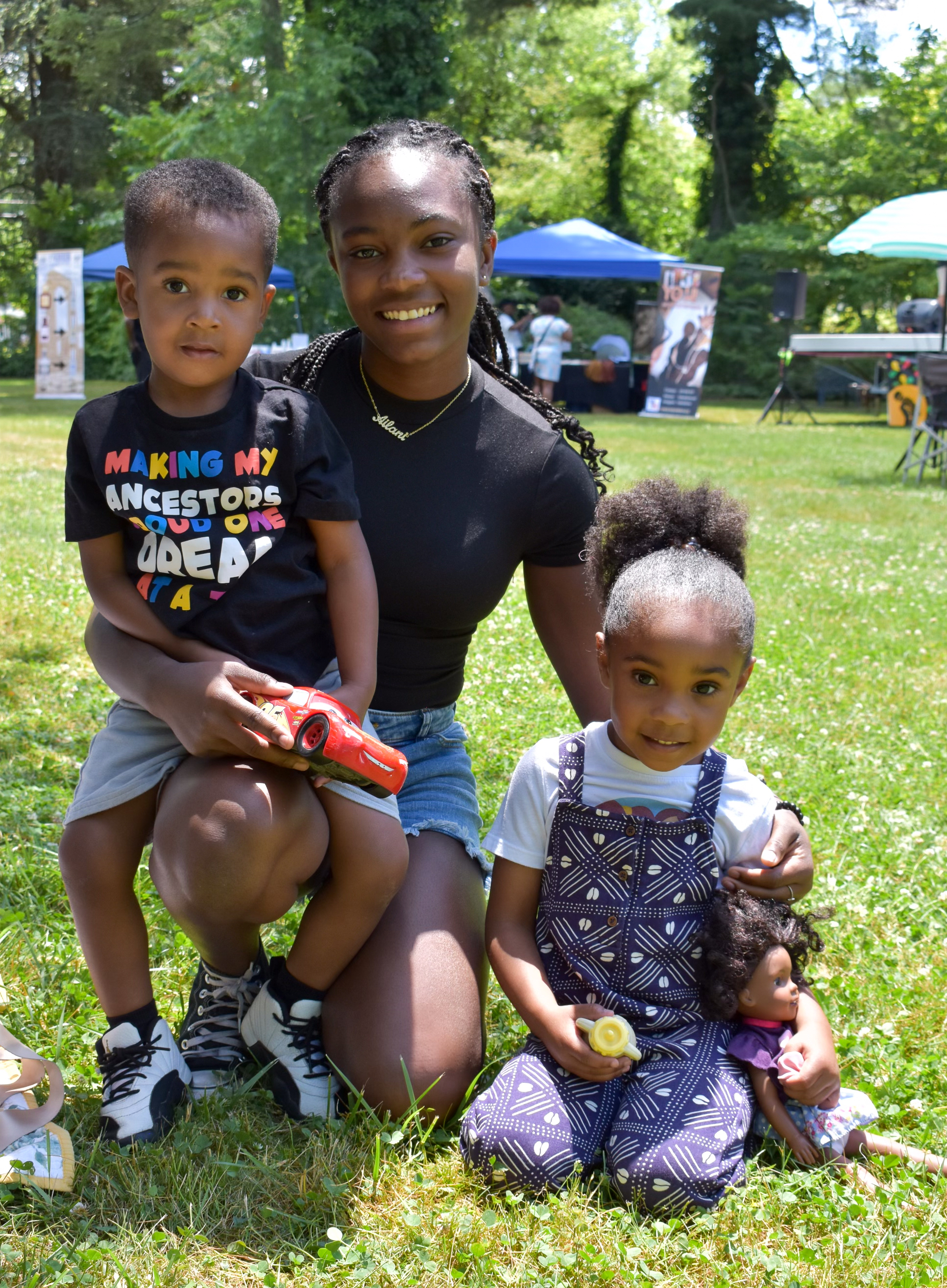The United States recognizes eleven federal holidays, the most recent of which is Juneteenth. The name is a contraction of “June Nineteenth,” commemorating the milestone juncture in which federal troops arrived in Galveston, Texas on June 19, 1865, to enforce the Emancipation Proclamation which had been issued by President Abraham Lincoln a full two years prior.
The harsh reality of history proves that the Emancipation Proclamation did not immediately free any enslaved people. It could only be enforced once Union troops regained control of Confederate territories. As Texas had remained under the Confederacy, enslaved people in the area continued to be regarded as such until the arrival of U.S. General Gordon Granger who notified residents, “The people of Texas are informed that, in accordance with a proclamation from the Executive of the United States, all slaves are free.” It wasn’t long after that small, informal, celebrations began to take place among newly freed Black people. It was from then on that the date became sacred in Texas. The Texan holiday eventually grew to surpass its borders and spread throughout the country.
 Though the holiday known to many within the Black community as “Freedom Day,” or “Jubilee Day” has been celebrated for hundreds of years, it was not until June 17, 2021, that the date was officially established as a national and federal holiday. As one might imagine, the day reflects so much more than a day free from work.
Though the holiday known to many within the Black community as “Freedom Day,” or “Jubilee Day” has been celebrated for hundreds of years, it was not until June 17, 2021, that the date was officially established as a national and federal holiday. As one might imagine, the day reflects so much more than a day free from work.
In recent years, local celebrations have expanded from personal to public with many cities and towns creating events around the holiday. Moorestown began their Juneteenth celebration in 2020 at the behest of two young community organizers, Ashlynn Conley and Jasmine Cartwright who had approached the Perkins Center for the Arts with the idea. The event has since been joined by co-sponsors Moore Unity, Curate Noir, Inc., and Pastor Jonathan Leath who have connected with Perkins to create a “steering committee to guide the event and create a broader interpretation for the community” as explained by the Executive Director of the Perkins Center for the Arts, Kahra Buss.
Buss goes on to say “In 2022, both young women [the organizers] had moved out of the area and they requested that we keep the event going. Since that time Perkins has committed to using its available resources to support and amplify the work of this event. Perkins Center for the Arts is dedicated to being a community-responsive and reflective organization so honoring this event through a physical manifestation and community artmaking opportunity is a wonderful way to support this community-driven event.”
 Perkins’ Education and Camp Manager, O’Sheila Eural adds, “It is very important for members of a community to feel and know they are seen and celebrated. For the Black community of Moorestown and neighboring communities, having their town recognize and celebrate Freedom Day shows them ‘We see you, we hear you, we stand with you.’ When brainstorming a way to get the community involved in a group art-making project the idea was proposed of having attendees to the Juneteenth event create tiles that would be added to a large concrete planter.”
Perkins’ Education and Camp Manager, O’Sheila Eural adds, “It is very important for members of a community to feel and know they are seen and celebrated. For the Black community of Moorestown and neighboring communities, having their town recognize and celebrate Freedom Day shows them ‘We see you, we hear you, we stand with you.’ When brainstorming a way to get the community involved in a group art-making project the idea was proposed of having attendees to the Juneteenth event create tiles that would be added to a large concrete planter.”
The Moorestown event, celebrated on Saturday, June 15, 2024, was filled with a multitude of differing arts. Performances included poetry readings, music, and dance. Some of the performers featured include Sherrie Yvette and Youth Poets, Barry Moore, Faith in Action! Inc, Fresh Fire, and the Juneteenth Community Choir. Lest we forget to mention the local Black-owned vendors and food trucks, lawn games, and bounce houses! In addition to performances, games, and food were the more community-oriented projects, like the collaborative Juneteenth mural, led by Jazlne Sabree, as well as the tiled planter mentioned by Eural.
Eural details that the final design of the planter will highlight three black fists, “symbolizing the struggle and the continued fight for equality through the resilience of the community coming together in support. There is a wave around the middle, symbolizing the ups and downs of the life of black people in America. On the bottom half, there are small circle mosaics created by children (about thirty-two) that reflect individual family units flowing together, yet having their own experiences. On the top portion of the planter there are rays of light with eight words pulled both from what people added to their tiles as well as from the community poem: Fellowship, Recognition, Community, Healing, Hope, Freedom, Restoration, and Celebration. All together, as we continue to live our lives and have our own journeys, may we strive to continually come together as a community to fight against injustice, persevering through the ups and downs to bring to light the hope of freedom and equality.”
 Art exists to make a statement and in this case, it tells the beautiful story of a community joining together to pay respect to the folks, activists and otherwise who have come before them to ensure that Freedom Day can celebrate its 159th anniversary.
Art exists to make a statement and in this case, it tells the beautiful story of a community joining together to pay respect to the folks, activists and otherwise who have come before them to ensure that Freedom Day can celebrate its 159th anniversary.
As Eural says, “I want the Black community in Moorestown, and area towns, to know that they matter. Their lives matter, their voices matter, their history matter and their futures matter. Continuing this event year after year shows the sincerity of the town and committee the importance of recognizing and celebrating Juneteenth Freedom Day; the day when all became free, but continued to fight for equality and justice.”









